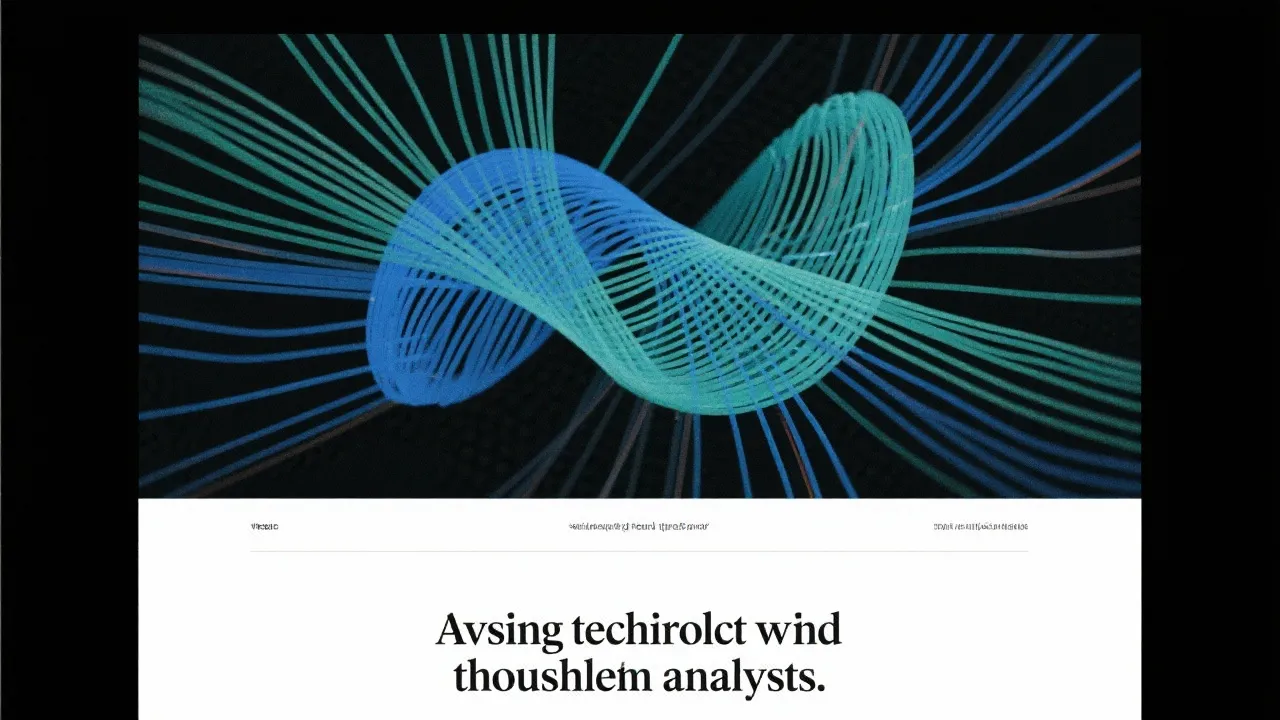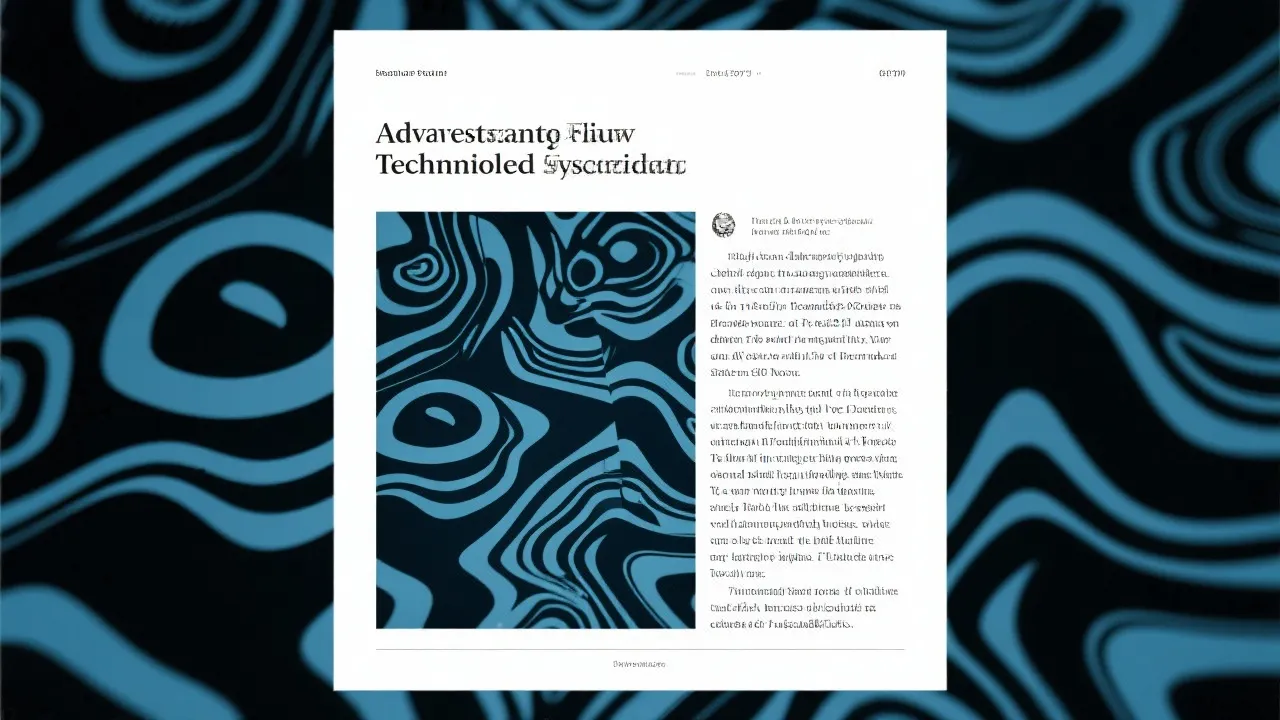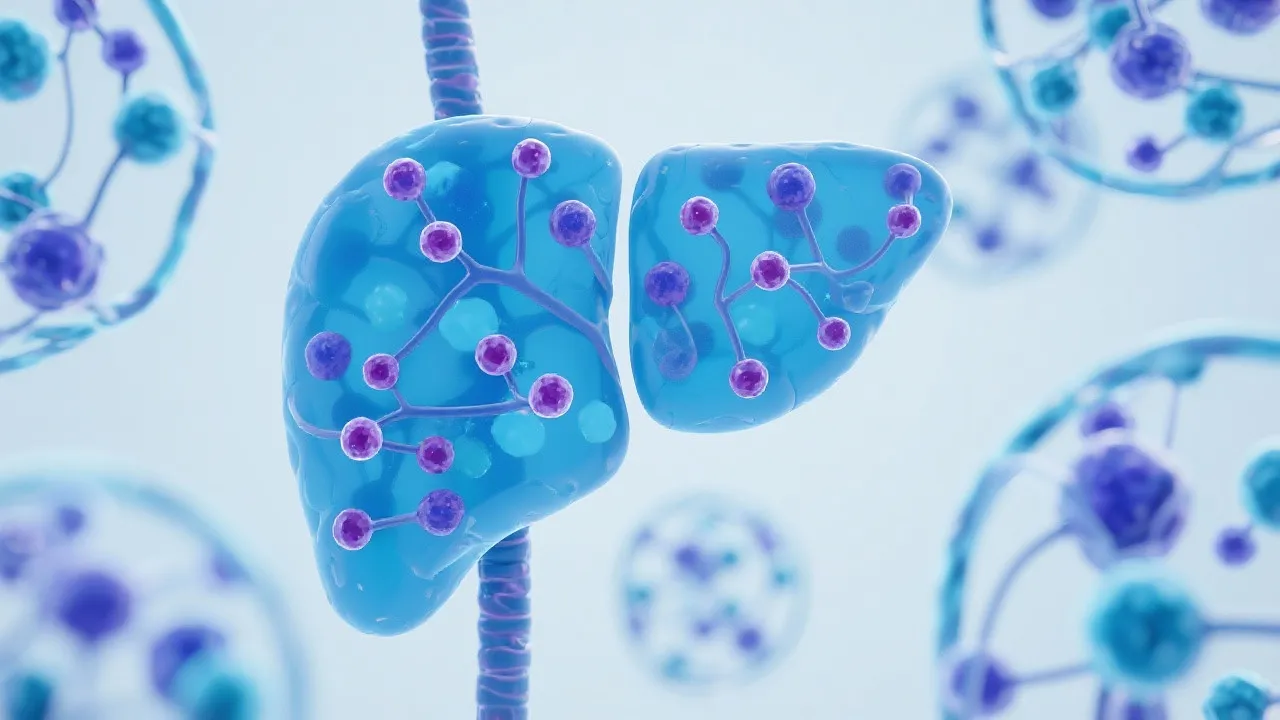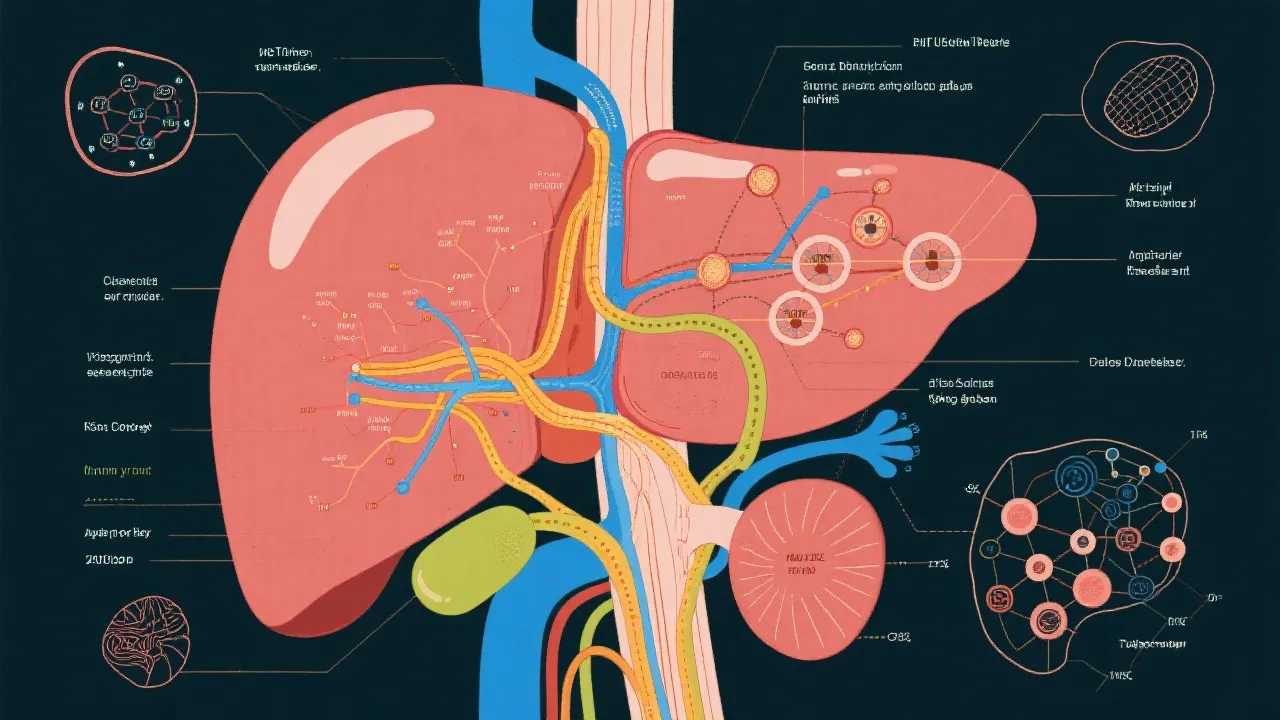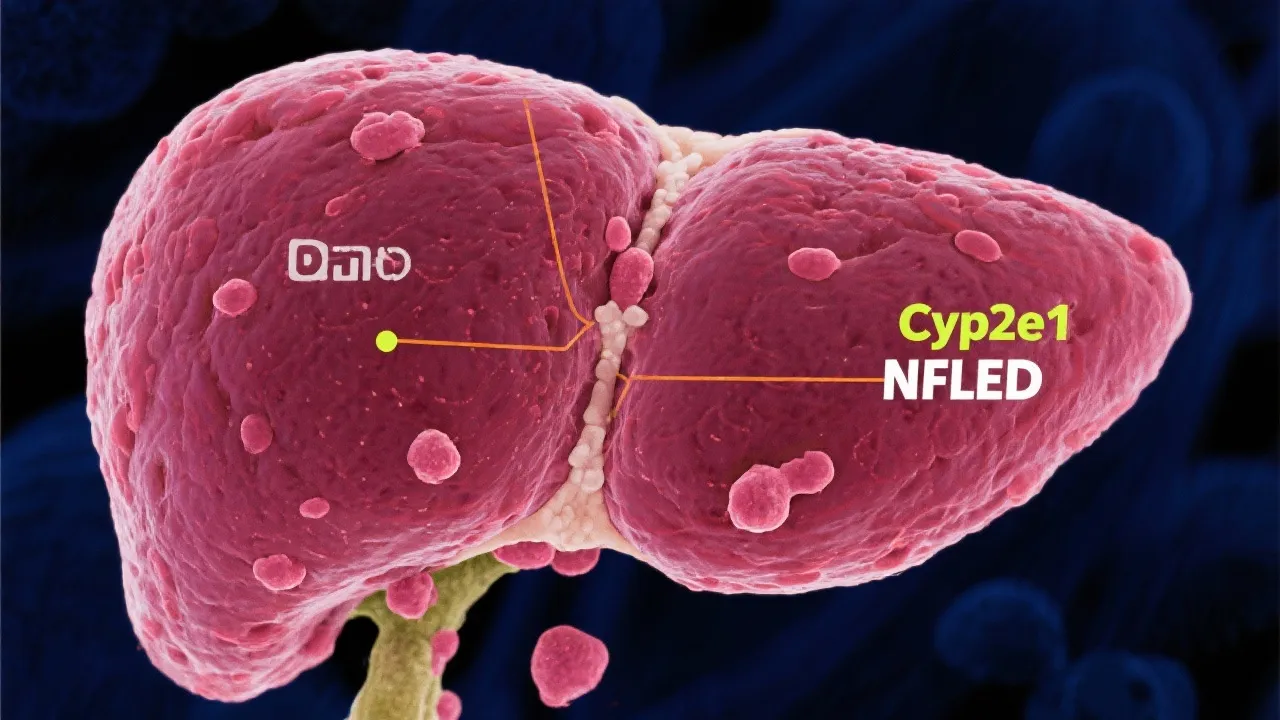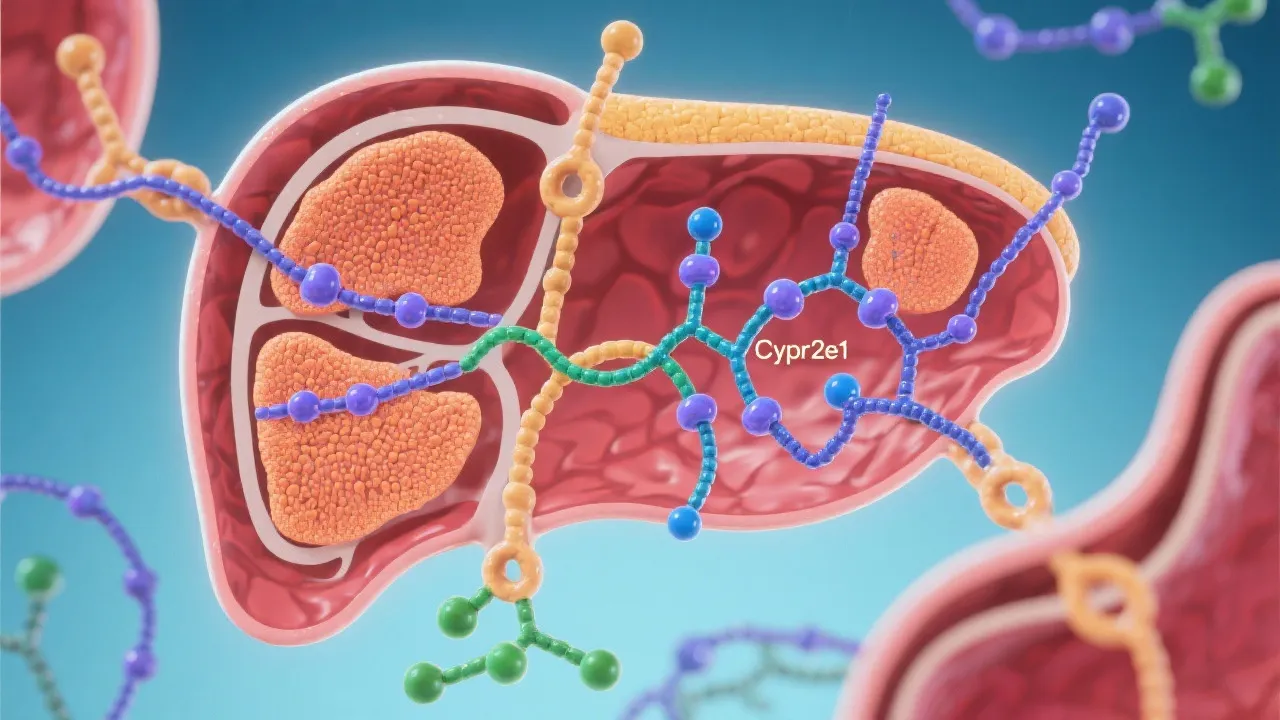Understanding Cyp2e1's Role in NAFLD
The relationship between the enzyme Cyp2e1 and Non-Alcoholic Fatty Liver Disease (NAFLD) is a focus of modern medical research. This article delves into the functions of Cyp2e1, its impact on liver metabolism, and its significance in the pathogenesis of NAFLD. By exploring the latest findings, it aims to provide a comprehensive overview of this complex association, presenting insights from leading experts.
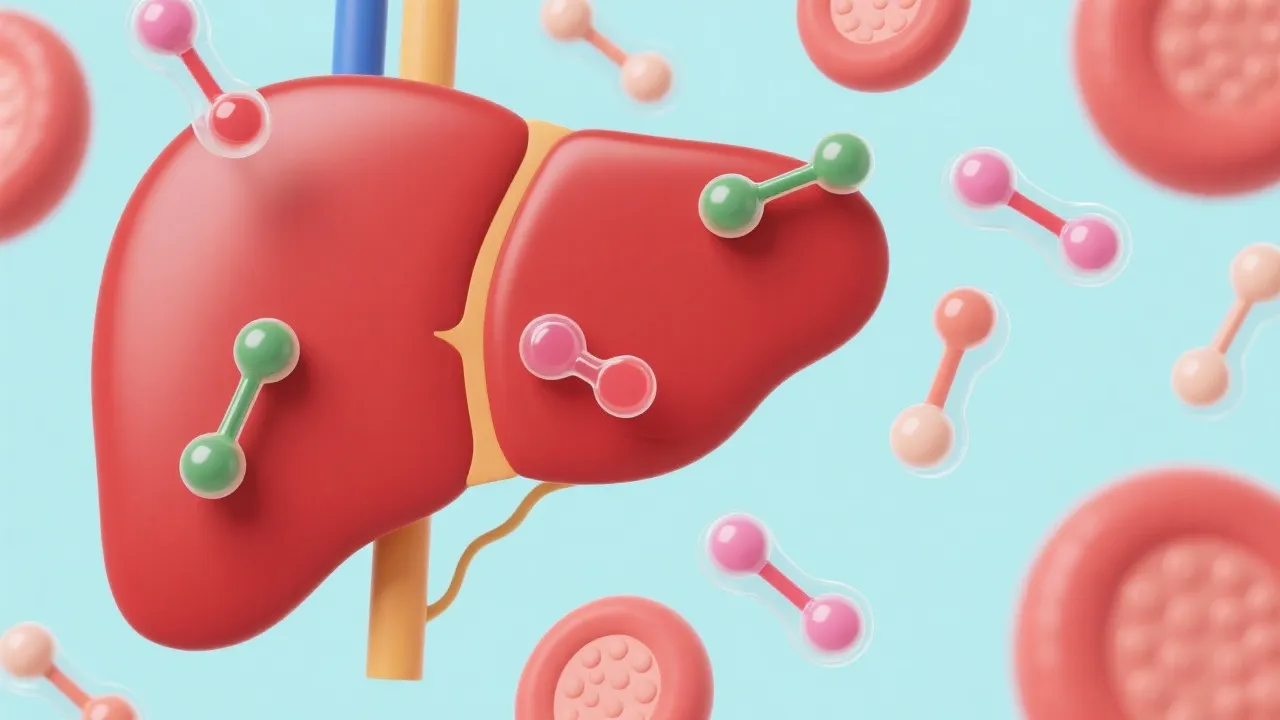
Exploring Cyp2e1 in Liver Metabolism
Carrying out a series of essential biochemical transformations, Cytochrome P450 2E1 (Cyp2e1) is a noteworthy enzyme in the liver's extensive array of metabolic activities. Predominantly associated with the metabolic processing of various small molecules, Cyp2e1 plays a vital role in detoxifying substances, including ethanol and xenobiotics. This enzyme exists primarily in the endoplasmic reticulum of liver cells and is known for its role in the oxidative metabolism of drugs and toxins, making it an essential component in pharmacokinetics and toxicology. Understanding Cyp2e1 is crucial for recognizing its impact on liver health and disease, particularly Non-Alcoholic Fatty Liver Disease (NAFLD), which has become a significant public health concern worldwide.
The Pathogenesis of NAFLD
Non-Alcoholic Fatty Liver Disease is characterized by an excess accumulation of fat in the liver not caused by alcohol consumption. This condition is gaining prominence as the prevalence rates have increased, matching the global rise in obesity and metabolic disorders. Currently, NAFLD affects an estimated 25% of the global population, with a particularly high incidence in those with obesity, type 2 diabetes, and metabolic syndrome. The gradual progression of NAFLD can lead to more severe liver conditions, such as Non-Alcoholic Steatohepatitis (NASH), cirrhosis, and even hepatocellular carcinoma. As awareness grows, it is paramount to delve into mechanisms that drive the disease and its complications.
Cyp2e1's Role in NAFLD Development
Recent studies have illuminated the importance of Cyp2e1 in the pathogenesis of NAFLD. This liver enzyme contributes critically to oxidative stress, which is a significant factor in liver damage. During NAFLD, the upregulation of Cyp2e1 increases the production of reactive oxygen species (ROS). These ROS cause cellular damage by promoting lipid peroxidation, protein modification, and DNA damage, further exacerbating liver inflammation and fibrosis. The correlation between increased Cyp2e1 activity and the progression from simple steatosis to more severe forms of liver damage underscores its relevance in hepatology. Furthermore, researchers have noted that elevated Cyp2e1 expression can serve as a biomarker for the severity of liver damage in NAFLD patients.
Mechanisms Linking Cyp2e1 to NAFLD
The overexpression of Cyp2e1 in fatty liver conditions enhances its metabolic activity, which directly correlates with the generation of harmful intermediates and ROS. These toxic compounds are known to trigger apoptosis (programmed cell death) in hepatocytes, consequently contributing to liver injury and increasing inflammation. In individuals with NAFLD, increased levels of fatty acids might further induce Cyp2e1 activity, creating a vicious cycle of hepatic damage. The feedback loop established by enhanced Cyp2e1 activity in the presence of fatty acids leads to a progressive worsening of liver conditions, connecting the dots between metabolic dysregulation and toxicological stress on the liver.
Research Findings and Implications
Current research consistently points toward Cyp2e1 as a potential therapeutic target for NAFLD treatment. Inhibiting Cyp2e1 activity has shown promise in reducing oxidative stress and improving liver function in various preclinical models. Experimental interventions, including pharmacological agents and dietary modifications aimed at modulating this enzyme's activity, are pivotal in managing and potentially reversing NAFLD progression. Studies investigating the influence of natural compounds, such as flavonoids and polyphenols, have suggested their role in inhibiting Cyp2e1 activity, thereby presenting a dual benefit in managing fatty liver disease. These findings support the notion that targeting Cyp2e1 could be an essential strategy in the era of personalized medicine.
Comparative Studies on Cyp2e1 and NAFLD
To comprehensively understand the role of Cyp2e1 in NAFLD, various studies have investigated its behavior under different metabolic conditions. Below is a comparison of key insights drawn from these studies:
| Study Aspect | Findings |
|---|---|
| Animal Models | Demonstrated that Cyp2e1 inhibitors reduced liver inflammation and fibrosis. |
| Human Clinical Studies | Identified high Cyp2e1 expression levels correlating with severe NAFLD stages. |
| Cellular Analysis | Showcased increased apoptosis due to elevated ROS in Cyp2e1-overexpressing cells. |
| Biomarker Research | Highlighted the potential of Cyp2e1 as a predictive biomarker for NAFLD severity in clinical settings. |
| Genetic Studies | Uncovered polymorphisms in the Cyp2e1 gene associated with altered enzyme activity and susceptibility to NAFLD. |
Potential Therapeutic Approaches
Given the significant role that Cyp2e1 plays, several treatment pathways are being explored. Lifestyle modifications, such as adopting a diet rich in omega-3 fatty acids and antioxidants, can help reduce fatty acid accumulation and subsequently downregulate Cyp2e1 activity. Additionally, pharmacologically, researchers are investigating drugs that can specifically inhibit Cyp2e1, potentially alleviating oxidative stress and providing protection to liver function. One interesting approach involves dietary supplements with specific phytochemicals known for their hepatoprotective properties. Ingredients such as curcumin, silymarin, and green tea extract are gaining traction, with studies showing their ability to intervene in the pathways regulated by Cyp2e1, ultimately aiming to restore liver health.
FAQs: Understanding Cyp2e1 and NAFLD
What is Cyp2e1?
Cyp2e1 is an enzyme involved in the metabolic processing of various small molecules, including hazardous substances and alcohol derivatives. It is an essential component of the cytochrome P450 family, responsible for converting lipophilic compounds into more water-soluble metabolites for excretion.
How does Cyp2e1 affect NAFLD?
Cyp2e1 contributes to liver damage in NAFLD by generating oxidative stress through the production of reactive oxygen species (ROS), which leads to liver inflammation and fibrosis. The interplay between Cyp2e1 and lipid metabolism highlights the enzyme’s pivotal role in exacerbating liver diseases.
Can Cyp2e1 be targeted for NAFLD treatment?
Yes, targeting Cyp2e1 through inhibitors and lifestyle modifications can reduce oxidative stress. Recent studies demonstrate that Cyp2e1 inhibitors can alleviate liver injury in preclinical models of NAFLD and may represent a promising avenue for therapeutic intervention.
What are the latest clinical insights on Cyp2e1?
Current clinical research is focused on understanding the correlation between Cyp2e1 expression levels and the severity of liver disease in NAFLD patients, identifying potential therapeutic targets. Advances have also been made in understanding genetic variations affecting Cyp2e1, which could further personalize treatment strategies.
What additional research is being conducted regarding Cyp2e1 and liver diseases?
Research is ongoing to explore the interactions between Cyp2e1 and gut microbiota, as alterations in the gut microbiome are emerging as significant contributors to metabolic liver diseases. Investigating the potential impacts of Cyp2e1 on gut-liver axis mechanisms may yield insights into novel therapeutic approaches for treating NAFLD and related conditions.
Conclusion
In conclusion, the role of Cyp2e1 in the pathogenesis and progression of NAFLD presents both challenges and opportunities for modern medicine. By continuing to unravel the complexities of this enzyme's interactions in hepatic environments, researchers might pave the way for innovative treatments that could substantially alleviate the global burden of liver disease. As our understanding of Cyp2e1 evolves, combining biochemical research with clinical findings could lead to the development of targeted therapies that not only prevent NAFLD progression but also support liver health in at-risk populations. Future explorations will aim to expand our knowledge of Cyp2e1's role beyond traditional paradigms, incorporating insights from genetic, microbiome, and pharmacogenomics approaches to create a comprehensive picture of liver metabolism in health and disease.
